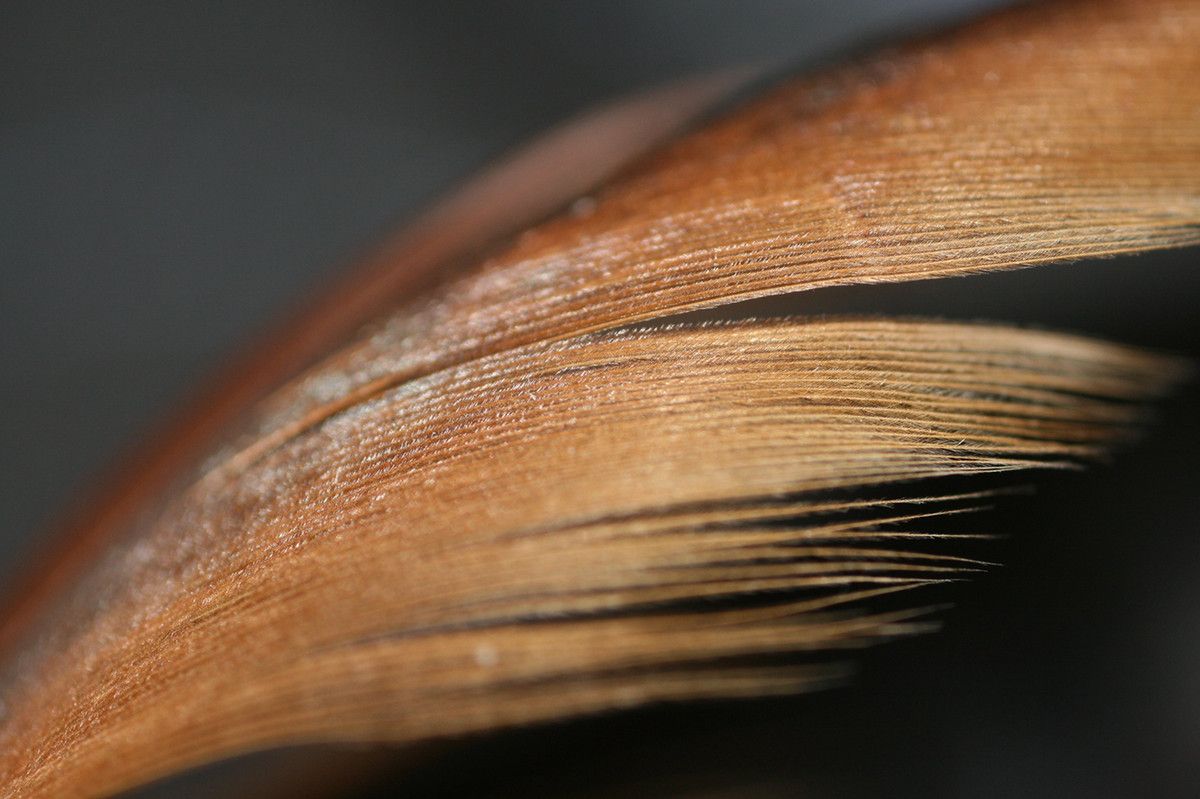D: Mammals, birds, and reptiles are so different from one another. How could they all evolve from a common ancestor? Think of how different scales, feathers, and fur are. Unlike bone, these soft structures don't often leave traces in the fossil record, so we may never know where they came from.
Y: Never say never, Don. In 2016 a duo of European scientists published findings showing that scales, feathers, and fur, are different forms of the same structure. They found out by studying embryos.
D: Embryos?
Y: Yes, embryos. Embryonic development can often reveal hidden similarities between animals that seem very different. Scientists have known for a long time that both bird and mammal embryos develop a pattern of specialized thickenings on their skin called placodes.
D: Big deal. They might just look the same.
Y: They don't just look the same. Scientists know they really are similar because placodes in birds and mammals express some of the same genes and signaling pathways. The placodes in birds develop into feathers, and those in mammals develop into hair.
D: But what about reptiles, if birds and mammals both evolved from reptilian ancestors, then some modern reptiles should have placodes too.
Y: That's the new finding that the European researchers made. Using special molecular probes to label them, they found that there are also placodes in the skin of the embryos of crocodiles, lizards, and snakes. They were hard to find, because scales develop quickly, so the placodes only last for just a short time. The findings show that the common ancestor of modern reptiles, birds, and mammals, 350 million years ago, already had these placodes.
D: Which means that fur and feathers are really just heavily modified scales.










